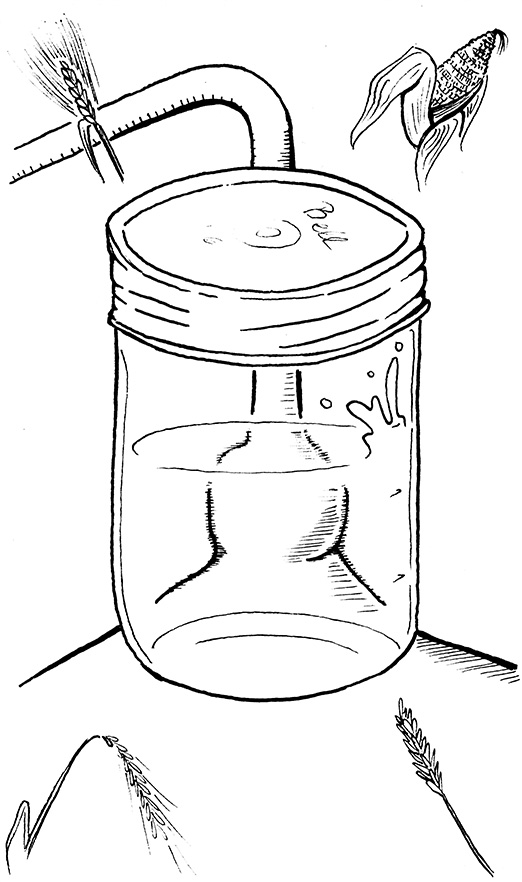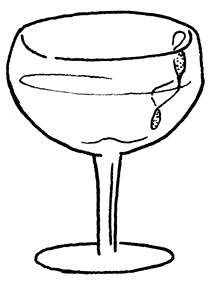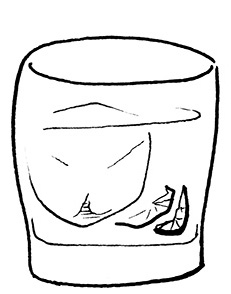In Defense of Unaged Whiskey

White whiskey, white dog, white lightning, moonshine… who are they, and why on earth would you drink them (aside from that time you were a teenager grabbing a swig from the back of a friend’s truck on a muggy southern July night)? Since its inception, unaged whiskey has cycled through a variety of identities based largely on social aesthetics, but also driven by location, era, and production quality.

Generally speaking, what separates the subcategories of this spirit today is a matter of branding and content. “Moonshine,” best known now as an illegal, homemade distillate of the prohibition era, can also refer to some of the early corn spirits produced in Kentucky in the 1800s. Moonshine produced for commercial (and legal) sale today is indicative of a culturally southern, working class aesthetic, heavily marketed in Southeastern states and commonly bottled in the region’s hallmark vessel, the mason jar. This modern moonshine, however, is perhaps less consistent across brands in its style of production, and what sugar source the spirit is derived from. Many such products are also infused with fruits or contain added sweeteners, diverging further from their early ties with American whiskey.
Jargon lesson aside, the intent of this article is to make a case for unaged whiskey, also popularly known as “white dog” or “white whiskey” – the purest, nascent form of America’s sweethearts, bourbon and rye.
A connoisseur of American whiskey would likely know that (much unlike moonshine) bourbon and rye are beholden to legal standards of production in order to earn their official titles. These spirits must be produced in the United States, aged in brand new charred oak barrels, and must contain a mash bill (the breakdown of grain content) of at least 51% corn for bourbon, or 51% rye grain for rye. Unaged whiskeys, therefore, are typically produced as predecessors to these aged spirits and meet similar mash bill standards, foregoing the lengthy aging process.
A great reason for tasting unaged whiskey is to understand what flavors are contributed on behalf of a spirit’s grain profile, as the typical barrel flavors of brown sugar, caramel, and rich vanilla are not present in these unaged expressions. Flavors present in unaged whiskey are largely a product of a recipe’s breakdown: obviously a whiskey produced entirely from corn will taste different than one made with only 51% corn in its bill. Tasting an unaged whiskey made exclusively of rye grain is an enlightening experience when paired alongside one made entirely of corn. These whiskeys run the flavor gambit and may taste like a mouthful of buttered popcorn, a fresh and airy slice of whole wheat toast, rich banana pudding, or even a zippy mint sprig. Unusual for a large-scale commercial operation, Buffalo Trace carries a line of various unaged whiskeys featuring differing mash bills – one predominantly wheat, another rye, and a third more balanced option comprised of corn, rye, and malted barley – great for a deep, heady dive into comparative tasting!
Beyond the interesting flavors present in these pure form unaged whiskeys, there are financial motivators to entice your exploration of the spirit. Unaged whiskeys, for obvious reasons, are typically far more affordable than their mature counterparts; cutting months to even years in the barrel results in a more efficient supply chain. Similarly, purchasing an unaged whiskey from a young or independent distillery will help to ensure that your new local spot is able to invest in producing an exceptional barrel aged spirit down the road. A willingness to try unaged whiskey signals to a new company that you are investing in their longevity and success. For a semi-local option, ASW in Atlanta began production with (and still carries) American Spirit Whiskey, their original unaged line.
Below are two riffs on classic cocktails, simple enough to make at home, but adventurously different when substituting unaged whiskey as the primary ingredient. Give them a taste and see for yourself!

Boulevardier Blanc
1 oz Unaged Whiskey
1 oz Lillet Blanc
1 oz Suze
Build the ingredients in a pint glass, add ice, stir gently, and strain. Serve in a coupe or rocks glass, up with an orange twist.

American in Ipanema
2 oz Unaged Whiskey
1/2 oz Turbinado Syrup
1/2 Lime, cut into wedges
Place lime wedges in small side of shaker tin. Add turbinado syrup and muddle. Add whiskey and ice, shake until tin is frosty. Pour all content (without straining) into rocks or collins glass.
For Turbinado Syrup: Add one part boiling water to one and a half parts turbinado sugar and a pinch of salt. Stir until dissolved, cool before using.
